Filter by

Nitric Oxide Action in Abiotic Stress Responses in Plants
This book offers an up-to-date review of the regulatory role of nitric oxide (NO) changes in the morphological, physio-biochemical as well as molecular characteristics of plants under abiotic stress. The first of two parts comprises four chapters and focuses on the properties, chemical reactions involving NO and reactive nitrogen species in plants. The second part, consisting of eleven chapters…
- Edition
- 1
- ISBN/ISSN
- 978-3-319-17804-2
- Collation
- XII, 252
- Series Title
- -
- Call Number
- -
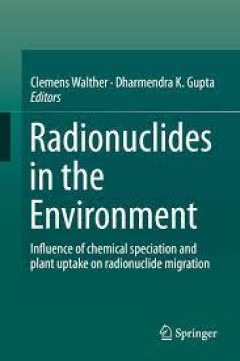
Radionuclides in the Environment Influence of chemical speciation and plant …
This book provides extensive and comprehensive information to researchers and academicians who are interested in radionuclide contamination, its sources and environmental impact. It is also useful for graduate and undergraduate students specializing in radioactive-waste disposal and its impact on natural as well as manmade environments. A number of sites are affected by large legacies of was…
- Edition
- -
- ISBN/ISSN
- 978-3-319-22171-7
- Collation
- -
- Series Title
- -
- Call Number
- -
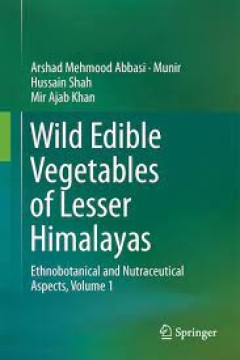
Wild Edible Vegetables of Lesser Himalayas Ethnobotanical and Nutraceutical …
Our intention with this book was to present the reader with the most accurate, significant, and up-to-date background and knowledge in the areas of ethnomedicinal and nutraceutical vegetation for the Lesser Himalayas in a comprehensive text. Wild Edible Vegetables of Lesser Himalayas provides a complete review of over 50 important plants of this region and details each species including photogr…
- Edition
- -
- ISBN/ISSN
- 978-3-319-09543-1
- Collation
- XVII, 360
- Series Title
- -
- Call Number
- -
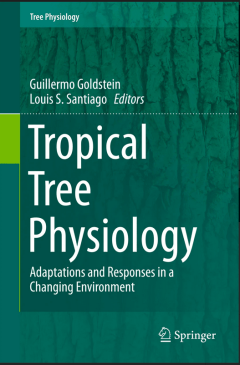
Tropical Tree Physiology
This book presents the latest information on tropical tree physiology, making it a valuable research tool for a wide variety of researchers. It is also of general interest to ecologists (e.g. Ecological Society of America; > 3000 or 4000 members at annual meeting), physiologists (e.g. American Society of Plant Biologists; > 2,000 members at annual meeting), and tropical biologists (e.g. Associa…
- Edition
- -
- ISBN/ISSN
- 978-3-319-27422-5
- Collation
- 54 b/w illustrations, 72 illustrations in colour
- Series Title
- -
- Call Number
- -
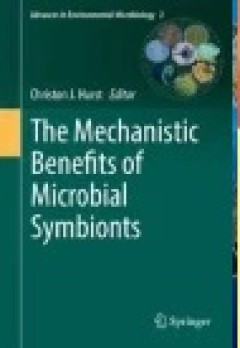
The Mechanistic Benefits of Microbial Symbionts
This volume summarizes recent advances in our understanding of the mechanisms that produce successful symbiotic partnerships involving microorganisms. It begins with a basic introduction to the nature of and mechanistic benefits derived from symbiotic associations. Taking that background knowledge as the starting point, the next sections include chapters that examine representative examples of …
- Edition
- -
- ISBN/ISSN
- 978-3-319-28068-4
- Collation
- XII, 315
- Series Title
- Advances in Environmental Microbiology
- Call Number
- -
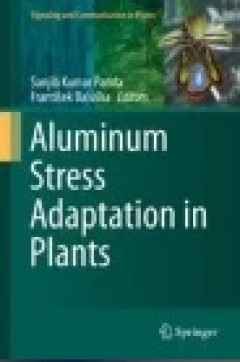
Aluminum Stress Adaptation in Plants
This book is an overview of our current understanding of aluminium toxicity and tolerance in plants. It covers all relevant aspects from molecular and cellular biology, to genetic approaches, root biology and plant physiology. The contribution of arbuscular mycorrhizal fungi to alleviating aluminium toxicity is also discussed. Over 40% of total agricultural land resources are acidic in nature, …
- Edition
- Ed. 1
- ISBN/ISSN
- 978-3-319-19968-9
- Collation
- IX, 274
- Series Title
- Signaling and Communication in Plants
- Call Number
- 630 ALU a
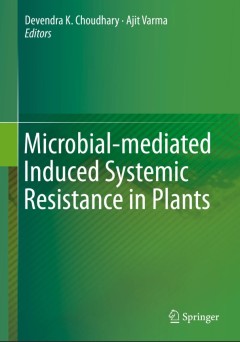
Microbial-mediated Induced Systemic Resistance in Plants
With a focus on food safety, this book highlights the importance of microbes in sustainable agriculture. Plants, sessile organisms that are considered as primary producers in the ecosystem and communicate with above- and below-ground communities that consist of microbes, insects, and other vertebrate and invertebrate animals, are subjected to various kinds of stress. Broadly speaking, these can…
- Edition
- 1
- ISBN/ISSN
- 978-981-10-0387-5
- Collation
- X, 226
- Series Title
- -
- Call Number
- -
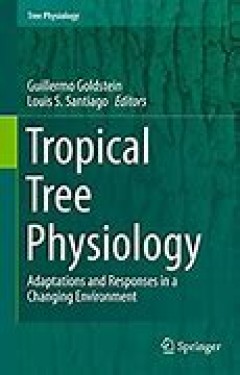
Tropical Tree Physiology Adaptations and Responses in a Changing Environment
This book presents the latest information on tropical tree physiology, making it a valuable research tool for a wide variety of researchers. It is also of general interest to ecologists (e.g. Ecological Society of America; > 3000 or 4000 members at annual meeting), physiologists (e.g. American Society of Plant Biologists; > 2,000 members at annual meeting), and tropical biologists (e.g. Associa…
- Edition
- -
- ISBN/ISSN
- 978-3-319-27422-5
- Collation
- 54 b/w illustrations, 72 illustrations in colour
- Series Title
- -
- Call Number
- -
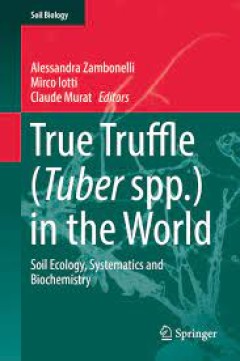
True Truffle (Tuber spp.) in the World
This book focuses on the taxonomic diversity of the genus Tuber as economically important truffles. In contributions by internationally respected scientists, it examines truffle systematics, interactions with abiotic and biotic environments, strategies for spore dispersal, and molecular processes in truffles. Topics discussed include: evolutionary theories and phylogeny of Tuber species from As…
- Edition
- 1
- ISBN/ISSN
- 978-3-319-81040-9
- Collation
- XIV, 436
- Series Title
- Soil Biology
- Call Number
- -
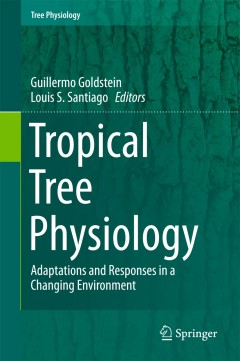
Tropical Tree Physiology
This book presents the latest information on tropical tree physiology, making it a valuable research tool for a wide variety of researchers. It is also of general interest to ecologists (e.g. Ecological Society of America; > 3000 or 4000 members at annual meeting), physiologists (e.g. American Society of Plant Biologists; > 2,000 members at annual meeting), and tropical biologists (e.g. Associa…
- Edition
- 1
- ISBN/ISSN
- -
- Collation
- XVIII, 467
- Series Title
- Tree Physiology
- Call Number
- -
 Computer Science, Information & General Works
Computer Science, Information & General Works  Philosophy & Psychology
Philosophy & Psychology  Religion
Religion  Social Sciences
Social Sciences  Language
Language  Pure Science
Pure Science  Applied Sciences
Applied Sciences  Art & Recreation
Art & Recreation  Literature
Literature  History & Geography
History & Geography